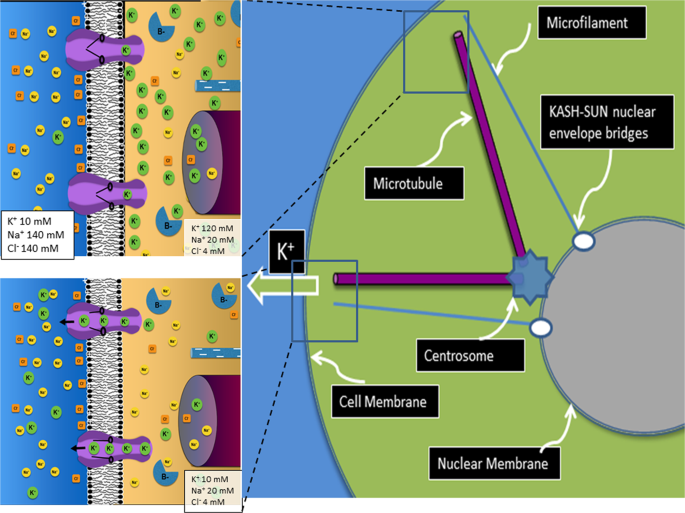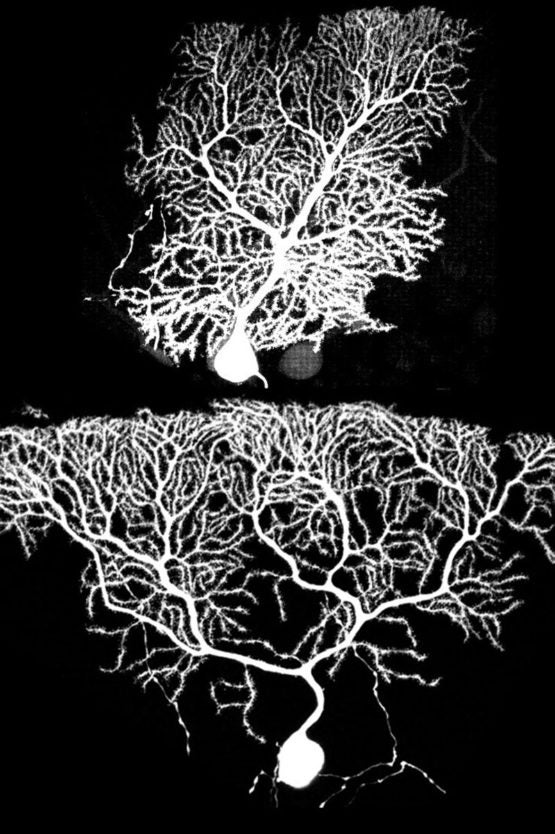consciousness
Surely consciousness is a CONCEPT and as such not suitable for detection
You may ask a person (as I was required to do frequently) if a person was " aware of your surroundings" and a few like questions to guage the person's level of being conscious
Consciousness goes one level higher, in such, the person is not only aware (perhaps just as important alert to their surroundings) and is conscious and alert of being conscious and alert along with being a independent entity able to act independently, not merely subject to forces outside of theirself
I would contend once a entity gains the ability of being conscious and alert add a few more neurones to the processing unit and CONSCIOUSNESS will arise





